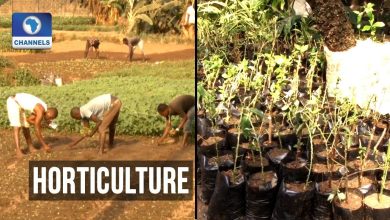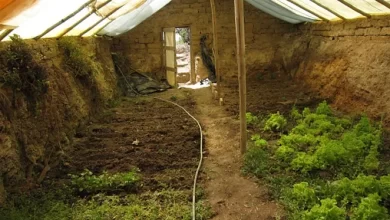Nepenthes: [Cultivation, Irrigation, Care, Pests and Diseases]
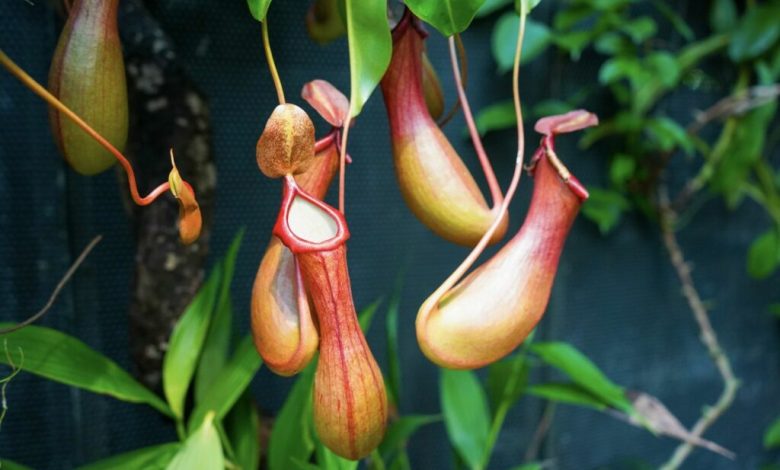
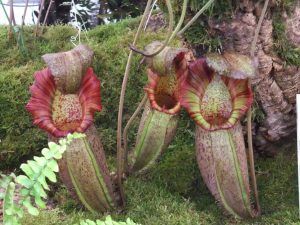 Nepenthes is a carnivorous plant that can be grown at home depending on the specific type chosen.There are very different nepenthes, both at the level of structure and feeding.
Nepenthes is a carnivorous plant that can be grown at home depending on the specific type chosen.There are very different nepenthes, both at the level of structure and feeding.
There are the smaller ones that usually consume insects, while the giant versions can eat even a small mammal.
In this article we are going to review the most precise information so that you can enjoy a nephentes at home.Do you dare to join us?
Important points when sowing nepenthes
- When? In late spring or summer.
- Where? In a lighted space, with good humidity and temperature control. Preferably in greenhouses.
- How do we prepare the land? The ideal substrate is sphagnum moss.
- How should we water? Abundant and deep, including sprays on the leaves.
- How often do you have to water? Daily so that the substrate does not dry out.
- What care do you need? Pruning, guides, day and night temperature care, homemade organic matter such as compost.
- What pests and diseases does it have? Red spider, aphids, gray rot.
When to sow a nepenthes?
The nephentes should be sown during warm days, either late spring or during the summer.In any case, in places where greenhouses are going to be used, at any time it is possible to achieve good results.
Where to plant a nepenthes?
Nephentes needs some amount of sunlight daily but never be hit directly. For this reason, it is best to locate it in a space where it has a uniform shade throughout the day.
How to prepare the land?
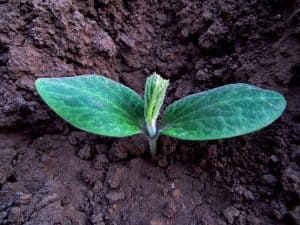 The nephentes, being a carnivorous species, will need a special substrate in which to develop.
The nephentes, being a carnivorous species, will need a special substrate in which to develop.
The most recommended in this case is sphagnum moss in an almost pure state that can be obtained in specialized stores in this area.
It is also important to ensure that it is always moist because the plant needs it to be healthy.As it is a substrate with very good drainage, there will be no problems around waterlogging.
How do we water the nepenthes?
The risks will be moderate , adjusting to the size of the pot or the space where the nephentes is planted.In this case, the leaves will also need attention in the matter, relying on a sprinkler to moisten them daily.
Common tap water should not be used but distilled water to ensure the good health of the species.
How often do we water the nepenthes?
The substrate where the nephentes is must always remain moist, so daily watering is recommended at any time of the year. It is also necessary to control the humidity of the environment, so it is worth spraying the environment if it is very dry.
How to plant a nepenthes step by step?
The reproduction of nepenthes can be carried out by means of seeds that must be worked to achieve correct germination.
- Select a container with a lid that makes it easy to control the humidity of the substrate, since it is a species that needs this a lot to prosper. The container must be transparent to allow the passage of light. If it does not have a lid, it will be possible to cover it with plastic wrap.
- Fill the container with a mixture of vermiculite, perlite and peat, placing the peat in greater quantity. The ideal is to cover a height of 2 centimeters from the base of the container.
- Water the substrate deeply so that it reaches the base of the substrate with distilled water or drinking water.
- Spread the seeds over the entire surface of the container without the need to bury them. This procedure must be carried out very delicately because they are quite light and small seeds.
- Cover the container with its lid or plastic wrap and place it in a place where it gets a warm temperature.
- Locate the container in an area where it receives sunlight , it can be a window, or use artificial LED light inside the house.
The first seedlings will begin to show after two months of sowing the seeds.
What care does nepenthes need?
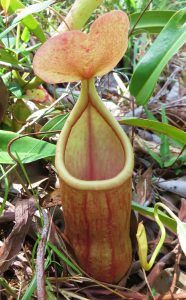
Temperature
Nepenthes needs to maintain a constant temperature day after day , so it is not very common to plant it in gardens, especially if the seasons change.
The most advisable thing is to place it in pots and, preferably, make use of greenhouses that facilitate maintaining control in this aspect.
Depending on the type of species, they will need a temperature variability of around 10º C between day and night.For example, if during the day the ambient temperature is 23º C, during the night it should be 13º C so that it stays healthy.
The pruning of the nepenthes
The nepenthes grows in the form of a climbing plant naturally, so it will need the support of tutors to facilitate this process.The pruning will be carried out depending on the cleanliness of the plant, when old, dry and decayed leaves begin to be noticed.
In the same way, it is advisable to remove the green leaves that have already come out but without forming jars.This action will stimulate the formation of new pitchers on other leaves of the plant, as it will help light penetrate to the new shoots.
How to nurture this plant
To provide it with nutrition, you can add some homemade organic matter such as compost to the substrate . This must be low in salt so as not to damage the structure of the plant.
What pests and diseases affect nepenthes?
 The nepenthes can be attacked by different pests and diseases that generally affect many carnivorous species. Here the spider mite, whitefly and aphids are counted in case of pests.
The nepenthes can be attacked by different pests and diseases that generally affect many carnivorous species. Here the spider mite, whitefly and aphids are counted in case of pests.
Diseases are generally fungal and arise as a result of poor orientation around factors such as humidity.
One of the most common cases is gray rot or botrytis that develops when the moisture level is not properly balanced.
The nepenthes is conceived as one of the most striking carnivorous plants due to the formation of pitchers that it has.These, in addition to allowing it to catch the insects that it will feed on, also help around the theme of decoration.
Of course, it is not an easy species to maintain because it is sensitive to many elements, so it is necessary to have the appropriate conditions.



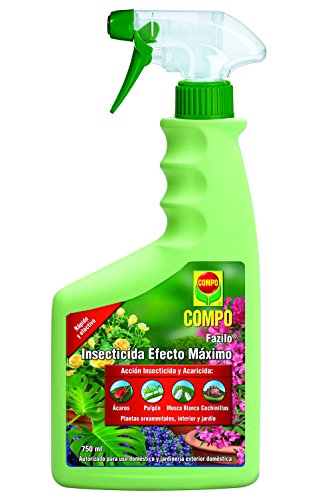
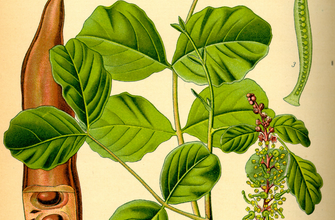
![Photo of Kokedama Care: [Earth, Moisture, Pruning and Problems]](https://www.complete-gardening.com/wp-content/uploads/2021/06/41Ld-6E4pgL._SL500_-390x220.jpg)
